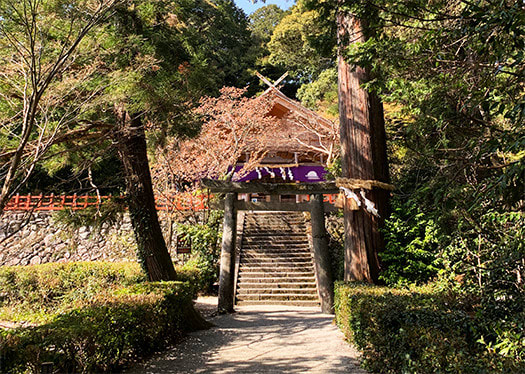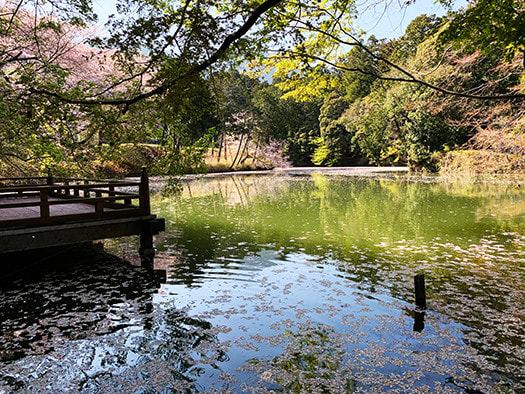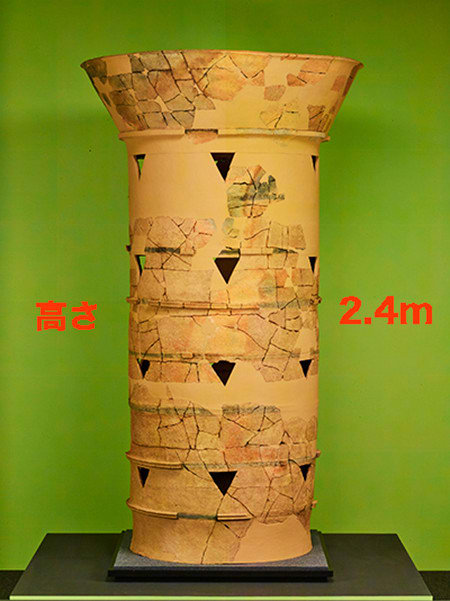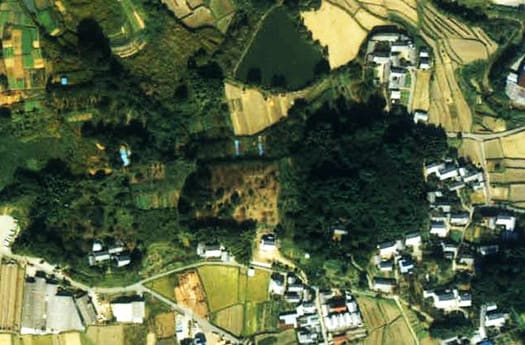


高鴨神社探訪の続篇であります。
私的コレクションとしてこの神社のお札を購入させていただいたのですが、
その折りに神社として発行されている由緒誌も同時に購入した。
読み返してみると、そこにはこんな記述もありました。
「神武・綏靖・安寧の三帝は鴨族の首長の娘を后とされ、
葛城山麓に葛城王朝の基礎を築かれました。」との一条。さらに
「この王朝は大和・河内・紀伊・山城・丹波・吉備の諸国を
支配するまでに発展しました。また、第16代仁徳天皇、17代履中天皇、
18代反正天皇の后も葛城氏から出ております。」
「大和朝廷が成立する以前、大和には倭国と葛城国が存在しており、
当神社は葛城国一の宮でありました。」と朗々と記載されているのです。
「現在でも高鴨神社では秋祭りにクリの木を中心に祭祀を行っております。
このことは青森県の三内丸山遺跡に見られるように団栗(どんぐり)や栗を
(有力な栄養源・主食として)食べていたことを示し、
水稲生活以前の形態であると思われます。」
「当神社の祭祀の起源は詳らかではありませんが、
少なくとも約3,000年前・弥生中期から行われており、
日本最古の神社のひとつであります。」とまで記載されています。
また「修験道の開祖とされる役小角は高賀茂氏の直系」という記述も。
葛城山系の金剛山は行者たちが修行してきた山であることも事実。
古代においてこの一族が一定の歴史に関与していたことはあり得るかと。
いずれにせよ、ひとつの興味深い伝承と思われました。
もちろん大和朝廷草創の神武帝などについては、
その実在も含めて歴史事実と実証されてはいないけれど、
関連した事実痕跡は徐々にあきらかになってもいる。
ただただ荒唐無稽な主張とは言い切れないと思います。
考古と神話、歴史事実のあわい領域でその輪廓がうかがえるものとして
このような推論もひとつの可能性として参考にはなる。
日本の神社信仰には民族的経緯がそこに影響していることは間違いない。
そういった部分のひとつの手掛かりとして
ふとした遭遇ではあったけれど、この高鴨神社との出会いは面白かった。
ちょうど北海道北東北の遺跡群が世界遺産として認定されてから
はじめての本格的連休の時期に当たります。
わたしたち夫婦も、道南地域をあちこちと周遊中。
これまではかなり変わった趣味として考古探究をしてきましたが、
どうやら世界遺産登録が追い風になったのか、
多くの同好のみなさんが散見されるようになってきた。
ちょっとウレシイ気がしてきております(笑)。
English version⬇
Jomon Yayoi - Founding Period and Katsuragi Traditions: The Search for Nara and Asuka - 15
The shrine omens I purchased contain a variety of descriptions. It is a good reference to understand the relationship between archaeology, mythology, and historical facts. Hmmm... .......
This is a continuation of my exploration of Takagamo Shrine.
I was allowed to purchase a bill for this shrine for my personal collection.
At the same time, I also bought a copy of the history magazine published by the shrine.
When I read it over, I found the following description in it.
The three emperors, Jinmu, Suiyasu, and Anei, had as their concubines the daughters of the chiefs of the Kamo tribe.
They laid the foundation of the Katsuragi Dynasty at the foot of Mount Katsuragi. The first article of the book. The first article of the text reads as follows.
"This dynasty developed to the point where it ruled over the provinces of Yamato, Kawachi, Kii, Yamashiro, Tanba, and Kibi.
The 16th Nintoku-Tenno also established a dynasty. The dynasty also ruled over the 16th Emperor Nintoku, the 17th Emperor Nichu, and the 18th Emperor Kosho.
The Empresses of the 16th Emperor Nintoku, the 17th Emperor Rinchu, and the 18th Emperor Nanjo also came from the Katsuragi clan.
Before the establishment of the Yamato Imperial Court, there were two provinces in Yamato: Yamato and Katsuragi.
This shrine was the first palace in Katsuragi Province. This shrine was the first shrine in Katsuragi Province.
Even today, Takakamo-jinja Shrine holds an autumn festival with a ritual centering on a chestnut tree.
This is a reference to the fact that chestnuts, or acorns, were a major source of nutrition and staple food, as seen at the Sannai-Maruyama Ruins in Aomori Prefecture.
(This indicates that people ate chestnuts and acorns (as a major source of nutrition and staple food), as seen at the Sannai-Maruyama site in Aomori Prefecture, and
This is a form of pre-paddy rice life."
"The origin of the shrine's rituals is not known.
"Although the origin of the shrine's rituals is not known, they have been practiced since at least the mid-Yayoi period (about 3,000 years ago).
It is one of the oldest shrines in Japan. It is one of the oldest shrines in Japan.
It also states that "Yakuzumi Shokaku, the founder of Shugendo, is a direct descendant of the Takakamo clan.
It is also true that Mount Kongo in the Katsuragi mountain range is a mountain where ascetic ascetics have practiced asceticism.
It is possible that this family was involved in a certain part of history in ancient times.
In any case, this is an interesting tradition.
Of course, the existence of such a person as Emperor Jinmu, the pioneer of the Yamato Imperial Court, has not been proven as a historical fact.
Although the existence of such a person, including the emperor Jinmu, has not yet been proven to be a historical fact
But traces of related facts are gradually being uncovered.
I do not think it can be said that this is just a wild assertion.
It is possible that the existence of the site is a part of the circle between archaeology, mythology, and historical facts.
This kind of reasoning is one of the possibilities.
There is no doubt that the ethnic background of Japanese shrine worship has an influence on it.
As a clue to such a part of the story
It was an interesting encounter with Takakamo Shrine, even if it was only by chance.
It is the time of the first full-scale consecutive holidays since the archaeological sites in northern and northeastern Hokkaido were recognized as a World Heritage Site.
Since the World Heritage Site in the north-northeastern part of Hokkaido was recognized as a World Heritage Site, this is the first full-scale consecutive holiday period for the region.
My wife and I are also touring around the southern Hokkaido area.
We have been exploring archaeology as a rather unusual hobby, but now it seems that the World Heritage registration has become a tailwind for us.
But the World Heritage registration seems to have given us a tailwind.
I am a little bit happy to see so many like-minded people.
I am starting to feel a little happy about it (laugh).



























